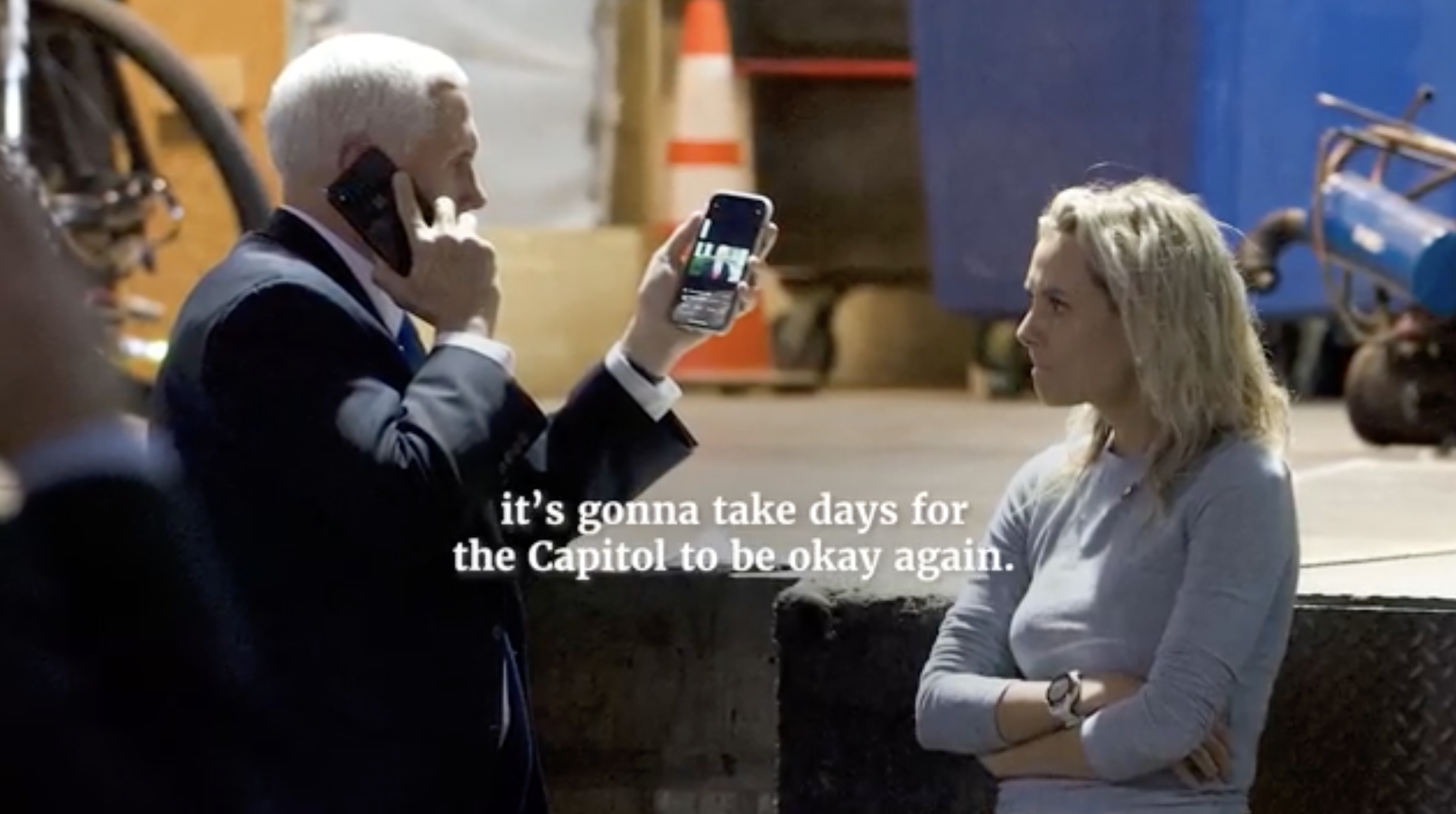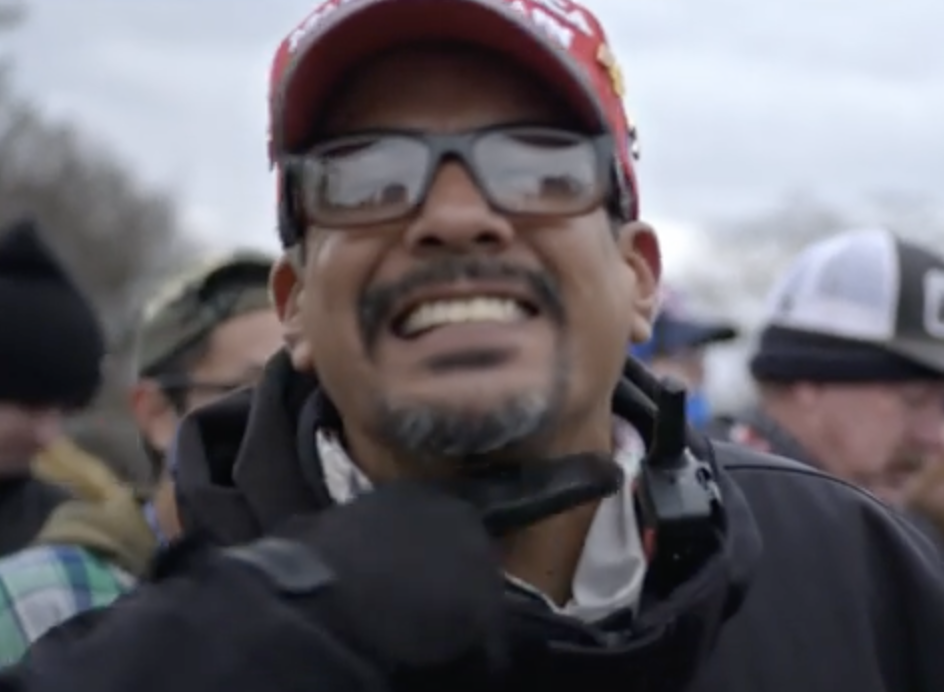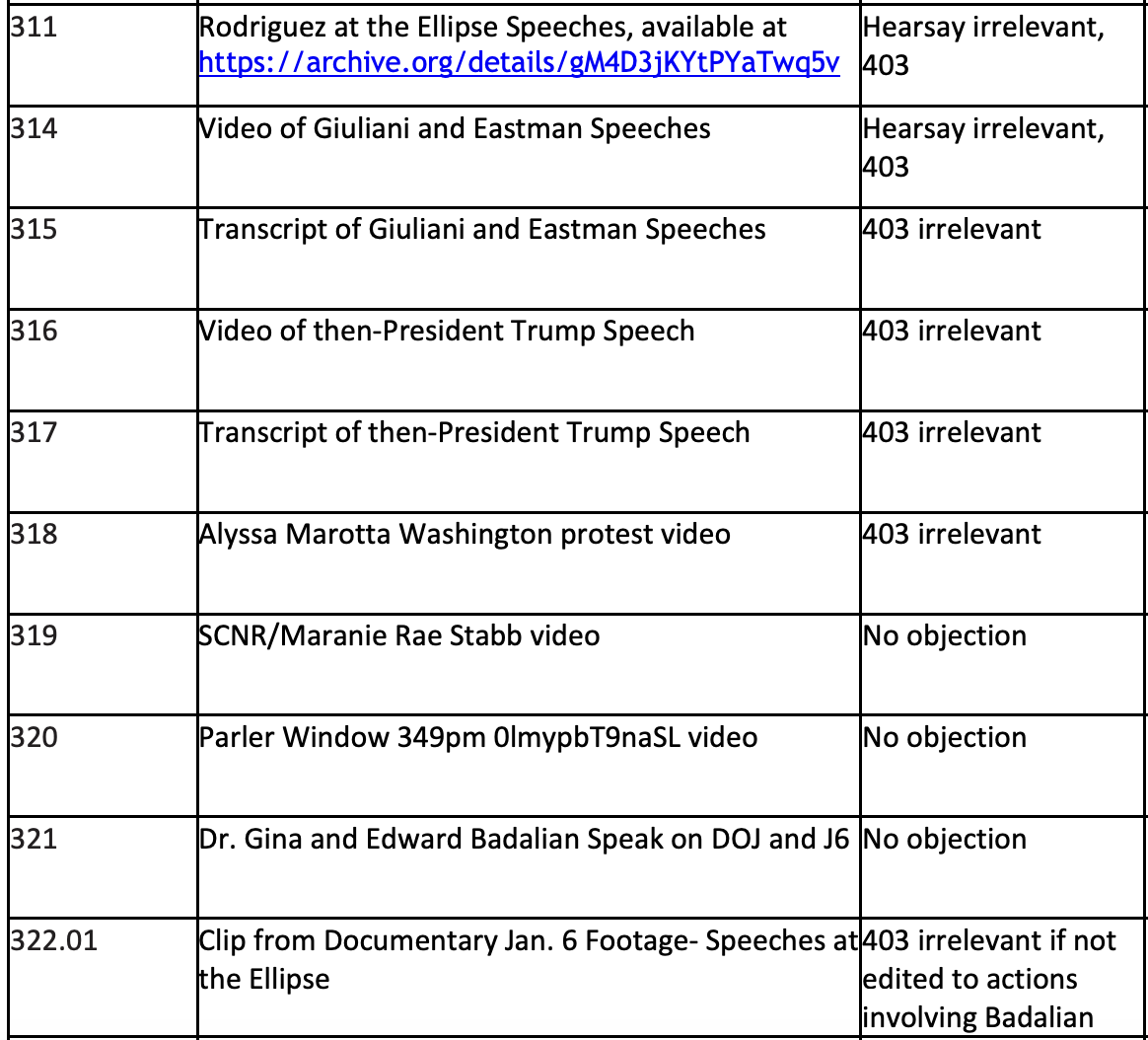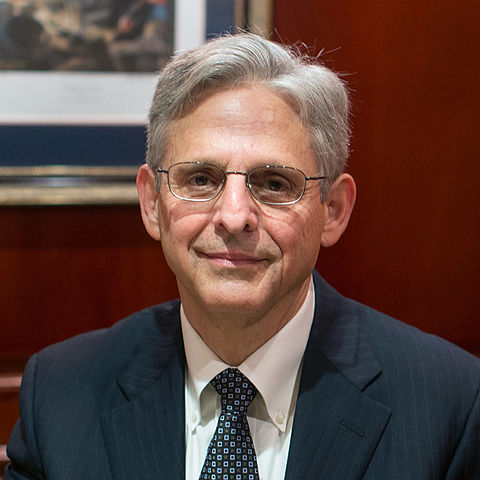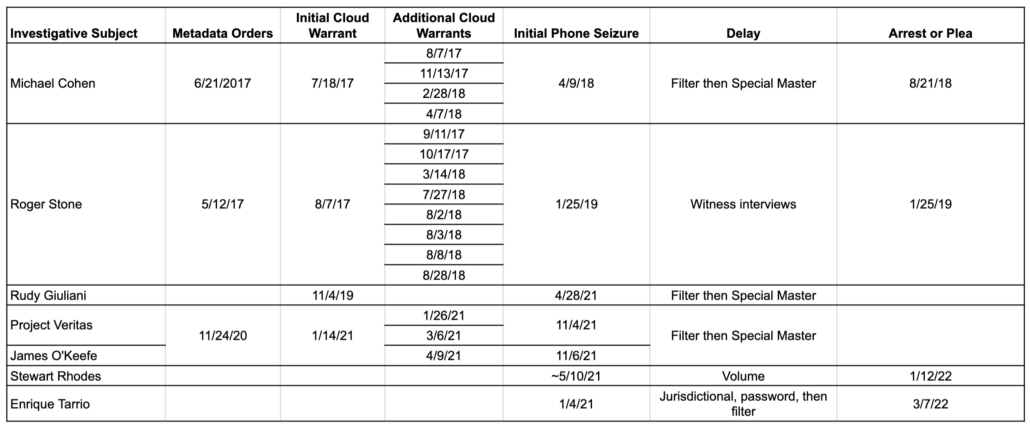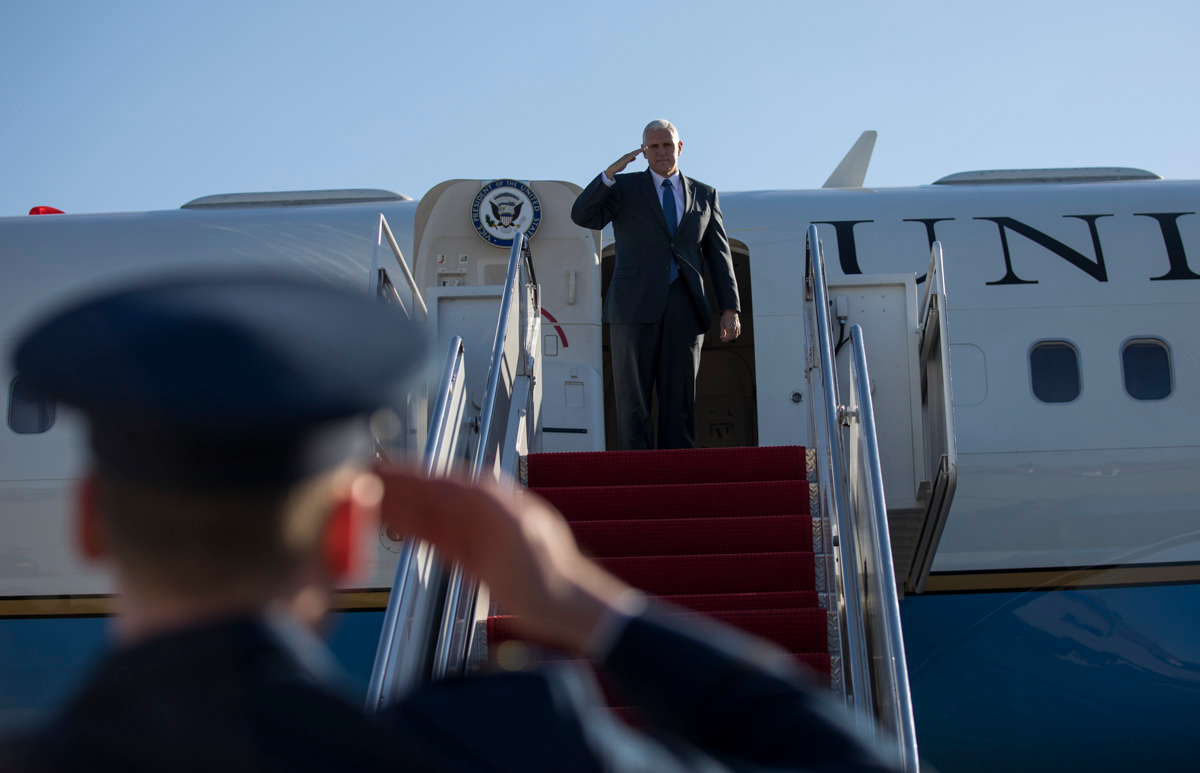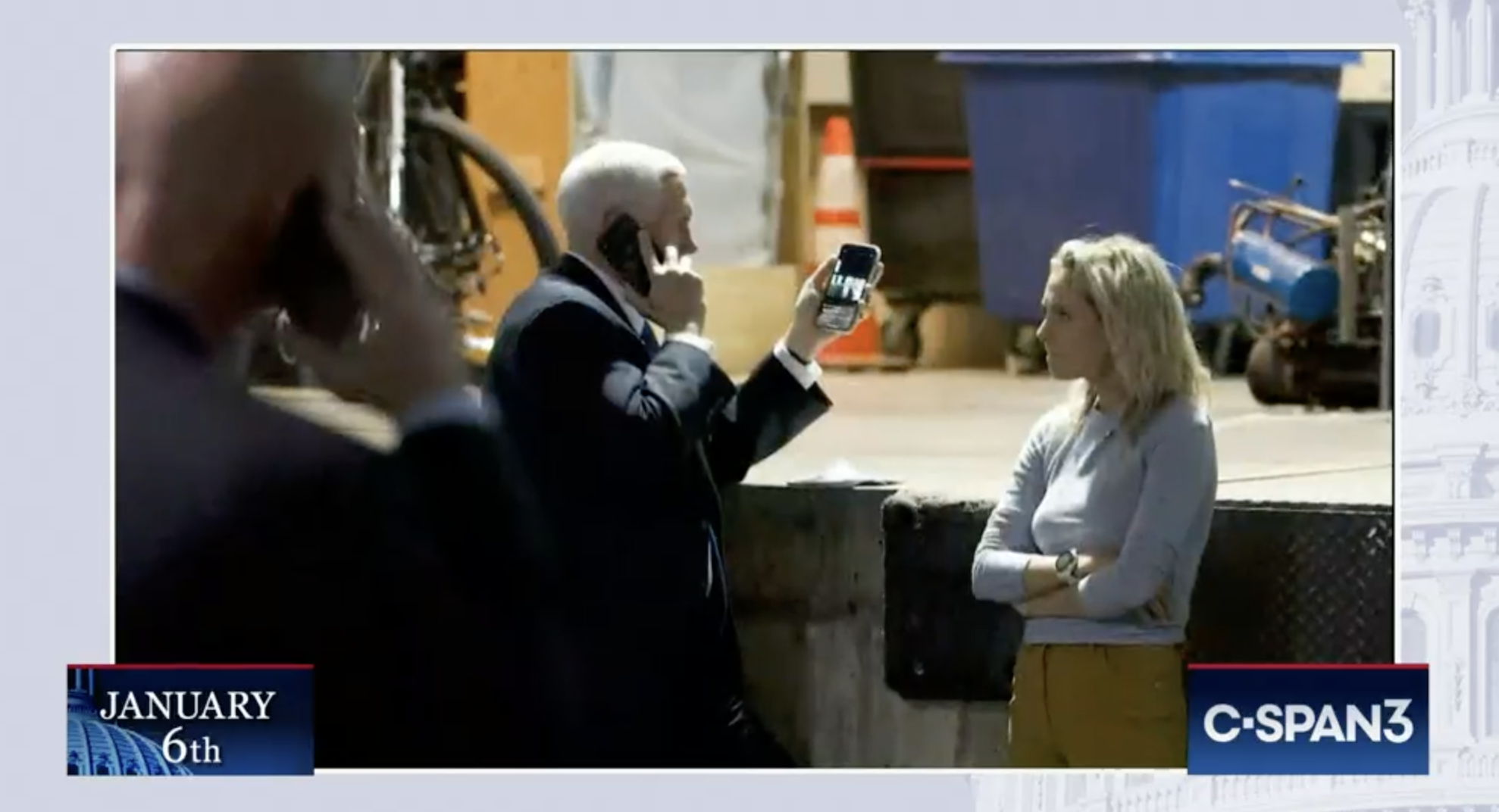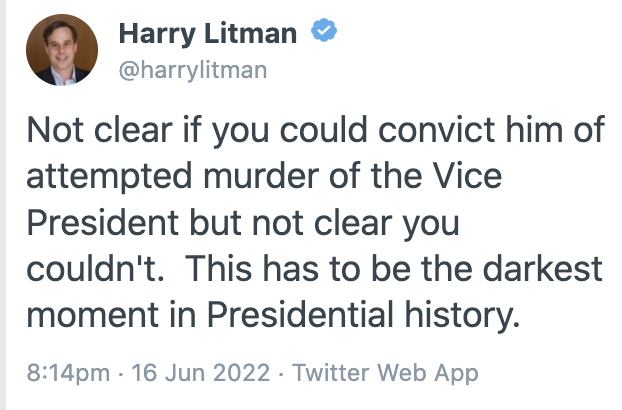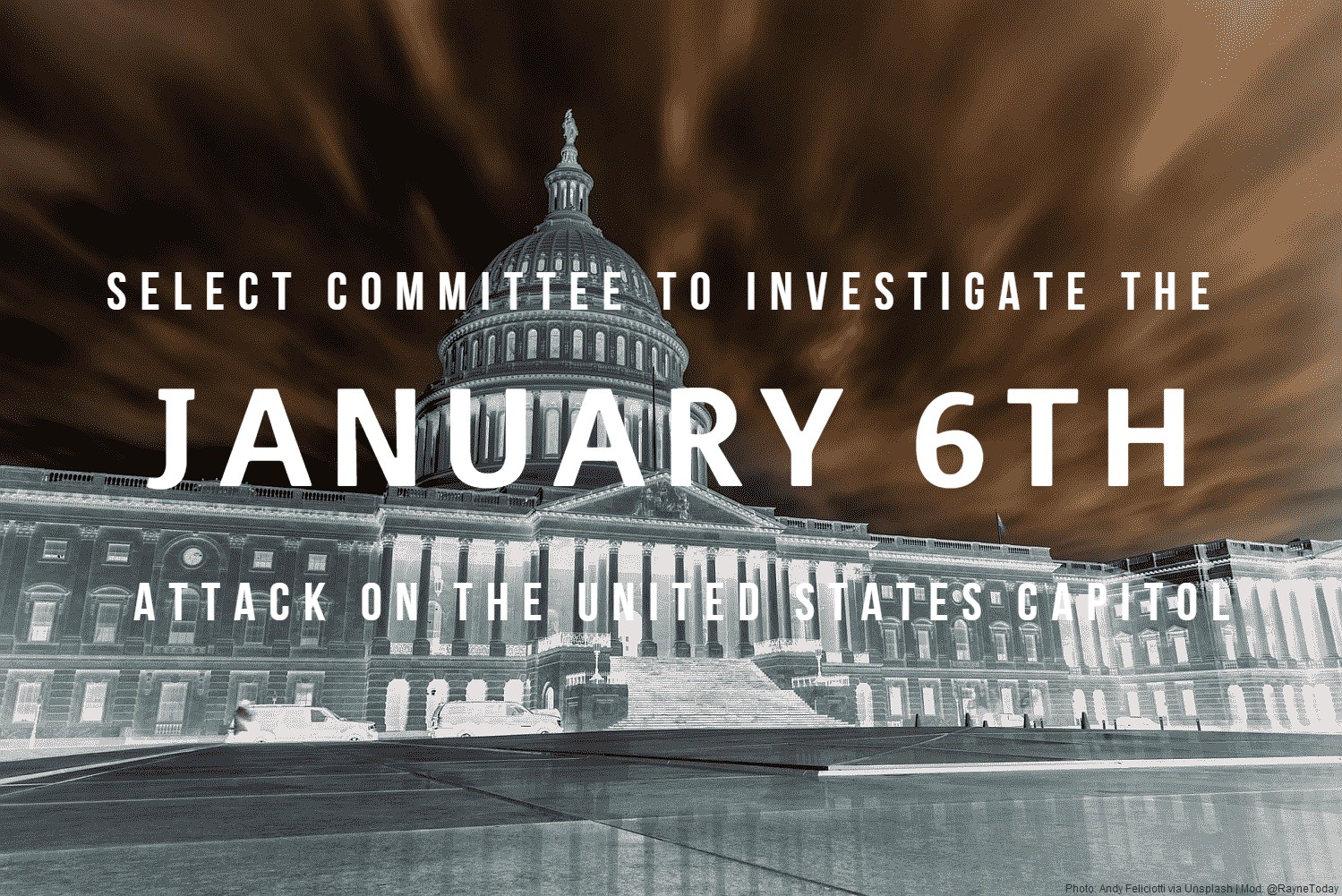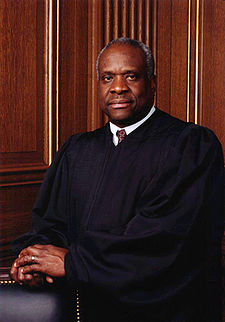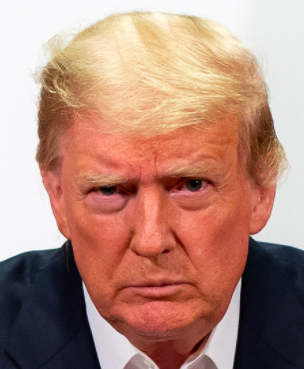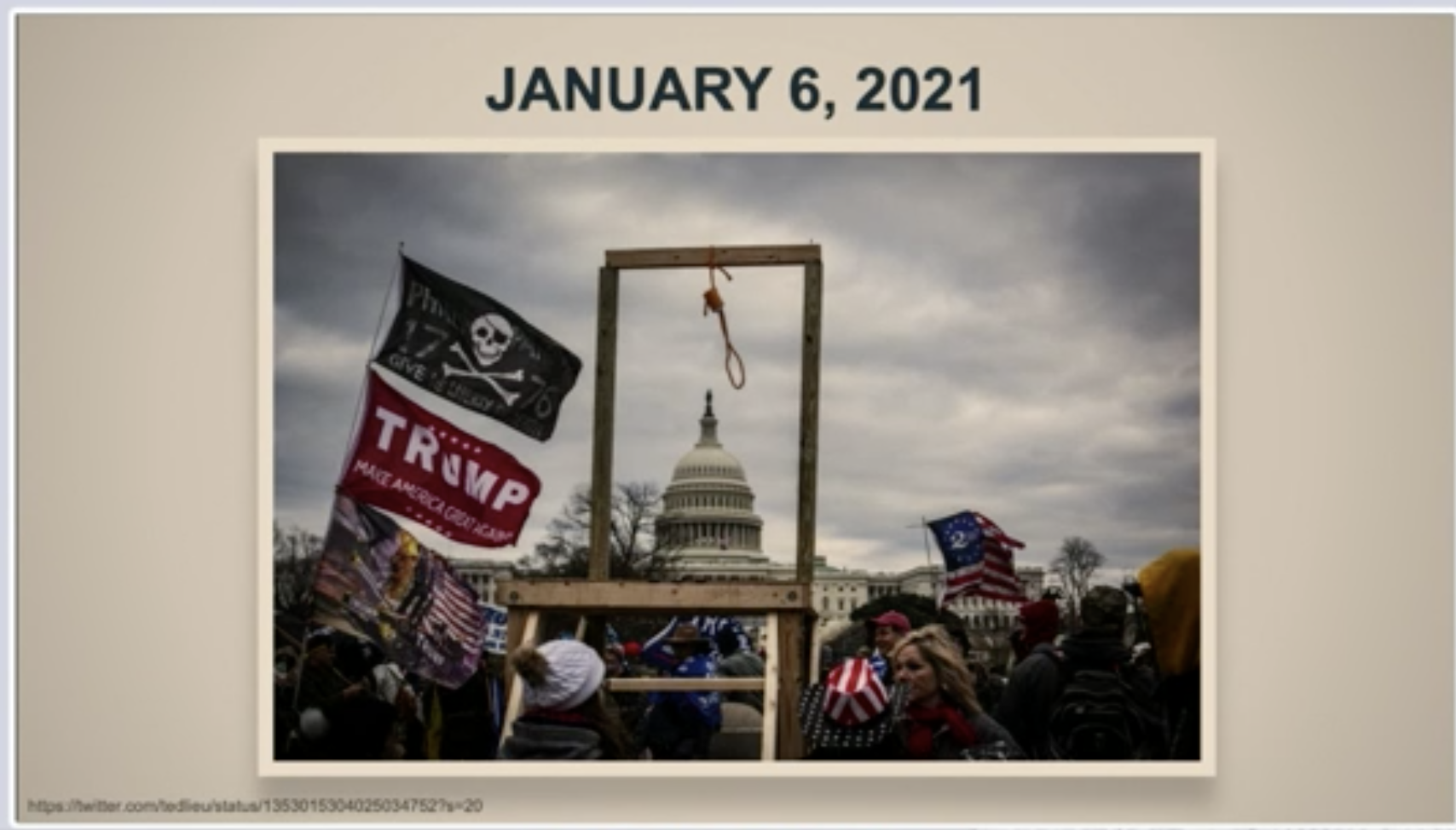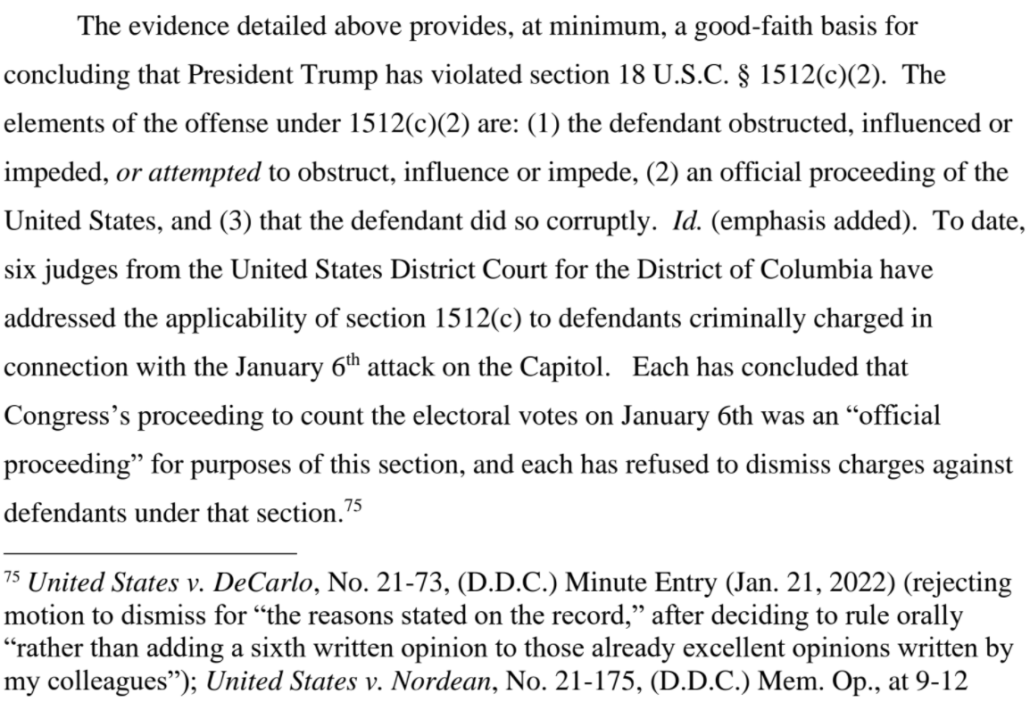Trump Lied and Mike Pence Almost Died
In the wake of yesterday’s indictment, apologists for Donald Trump are out there claiming that he will be able to prove that he really believed he won the election, and therefore sponsoring fraudulent documents and launching an insurrection is totally cool.
It is for this moment that I have been linking so often to the Findings of Fact that Reagan-appointed Judge Royce Lamberth wrote in the Alan Hostetter case. As he wrote, on the same headline charge with which Trump has been charged, 18 USC 1512(c)(2), obstruction, it didn’t matter that Hostetter believed Trump really won the election, because the means Hostetter used to vindicate an election he believed was stolen was unlawful.
Even if Mr. Hostetter sincerely believed–which it appears he did–that the election was fraudulent, that President Trump was the rightful winner, and that public officials committed treason, as a former policy chief, he still must have known that it was unlawful to vindicate that perceived injustice by engaging in mob violence to obstruct Congress.
And with Trump, it will be still easier to prove corrupt purpose since his goal had the most lucrative and corrupt personal benefit imaginable, remaining President after being fired by voters.
More importantly, Trump didn’t just lie about the election results. He also lied about Mike Pence.
Trump told two kinds of lies about Pence: first, that Pence had the authority to reject the votes.
96. That same day, the Defendant encouraged supporters to travel to Washington on January 6, and he set the false expectation that the Vice President had the authority to and might use his ceremonial role at the certification proceeding to reverse the election outcome in the Defendant’s favor, including issuing the following Tweets:
a. At 11:06 a.m., “The Vice President has the power to reject fraudulently chosen electors.” This was within 40 minutes of the Defendant’s earlier reminder, “See you in D.C.”
[snip]
100. On January 6, starting in the early morning hours, the Defendant again turned to knowingly false statements aimed at pressuring the Vice President to fraudulently alter the election outcome, and raised publicly the false expectation that the Vice President might do so:
a. At 1:00 a.m., the Defendant issued a Tweet that falsely claimed, “If Vice President @Mike_Pence comes through for us, we will win the Presidency. Many States want to decertify the mistake they made in certifying incorrect & even fraudulent numbers in a process NOT approved by their State Legislatures (which it must be). Mike can send it back!”
b. At 8:17 a.m., the Defendant issued a Tweet that falsely stated, “States want to correct their votes, which they now know were based on irregularities and fraud, plus corrupt process never received legislative approval. AH Mike Pence has to do is send them back to the States, AND WE WIN. Do it Mike, this is a time for extreme courage.
Trump may well claim he believed this to be true — though Pence and two other witnesses have testified that Eastman admitted in a meeting with all of them that this was not lawful.
92. On January 4, the Defendant held a meeting with Co-Conspirator 2, the Vice President, the Vice President’s Chief of Staff, and the Vice President’s Counsel for the purpose of convincing the Vice President, based on the Defendant’s knowingly false claims of election fraud, that the Vice President should reject or send to the states Biden’s legitimate electoral votes, rather than count them. The Defendant deliberately excluded his White House Counsel from the meeting because the White House Counsel previously had pushed back on the Defendant’s false claims of election fraud.
93. During the meeting, as reflected in the Vice President’s contemporaneous notes, the Defendant made knowingly false claims of election fraud, including, “Bottom line-won every state by 100,000s of votes” and “We won every state,” and asked-regarding a claim his senior Justice Department officials previously had told him was false, including as recently as the night before-“What about 205,000 votes more in PA than voters?” The Defendant and Co Conspirator 2 then asked the Vice President to either unilaterally reject the legitimate electors from the seven targeted states, or send the question of which slate was legitimate to the targeted states’ legislatures. When the Vice President challenged Co-Conspirator 2 on whether the proposal to return the question to the states was defensible, Co-Conspirator 2 responded, “Well, nobody’s tested it before.” The Vice President then told the Defendant, “Did you hear that? Even your own counsel is not saying I have that authority.” The Defendant responded, “That’s okay, I prefer the other suggestion” of the Vice President rejecting the electors unilaterally. [my emphasis]
Certainly Eastman knew this was false (and we know there is documentary evidence to back this). He not only admitted this to Greg Jacob, but Jacob also explicitly told Eastman making this false claim would lead to violence.
94. Also on January 4, when Co-Conspirator 2 acknowledged to the Defendant’s Senior Advisor that no court would support his proposal, the Senior Advisor told Co-Conspirator 2, “[Y]ou’re going to cause riots in the streets.” [Eastman] responded that there had previously been points in the nation’s history where violence was necessary to protect the republic. After that conversation, the Senior Advisor notified the Defendant that Co-Conspirator 2 had conceded that his plan was “not going to work.”
95. On the morning of January 5, at the Defendant’s direction, the Vice President’s Chief of Staff and the Vice President’s Counsel met again with Co-Conspirator 2. Co-Conspirator 2 now advocated that the Vice President do what the Defendant had said he preferred the day before: unilaterally reject electors from the targeted states. During this meeting, Co-Conspirator 2 privately acknowledged to the Vice President’s Counsel that he hoped to prevent judicial review of his proposal because he understood that it would be unanimously rejected by the Supreme Court. The Vice President’s Counsel expressed to Co-Conspirator 2 that following through with the proposal would result in a “disastrous situation” where the election might “have to be decided in the streets.”
But that’s not the only lie Trump told about Pence. Trump also falsely claimed that Pence was willing to reject the lawful votes.
7. Also on January 5, the Defendant met alone with the Vice President. When the Vice President refused to agree to the Defendant’s request that he obstruct the certification, the Defendant grew frustrated and told the Vice President that the Defendant would have to publicly criticize him. Upon learning of this, the Vice President’s Chief of Staff was concerned for the Vice President’s safety and alerted the head of the Vice President’s Secret Service detail.
98. As crowds began to gather in Washington and were audible from the Oval Office, the Defendant remarked to advisors that the crowd the following day on January 6 was going to be “angry.”
99. That night, the Defendant approved and caused the Defendant’s Campaign to issue a public statement that the Defendant knew, from his meeting with the Vice President only hours earlier, was false: “The Vice President and I are in total agreement that the Vice President has the power to act.”
[snip]
102. At 11:15 a.m., the Defendant called the Vice President and again pressured him to fraudulently reject or return Biden’s legitimate electoral votes. The Vice President again refused. Immediately after the call, the Defendant decided to single out the Vice President in public remarks he would make within the hour, reinserting language that he had personally drafted earlier that morning-falsely claiming that the Vice President had authority to send electoral votes to the states-but that advisors had previously successfully advocated be remove. [my emphasis]
Pence told Trump he wouldn’t reject the votes. Then Trump went out to his mob and claimed Pence had agreed he would.
And there are witnesses. Jack Smith has Pence on the record telling this story. He also has Marc Short learning about it in real time and taking action in response — so Pence’s Secret Service detail will also be able to testify they were alerted to what turned out to be a very real risk to Pence’s life.
And ultimately, this lie, about Pence, was easily one of the most dangerous.
DOJ has statements from dozens — possibly hundreds — of January 6 defendants (including Hostetter) describing that they responded to this lie by targeting the Capitol. This is what led rioters to threaten to hang Pence. It’s what led Jacob Chansley to leave a written threat for Pence on the dais.
This is the lie that almost got Mike Pence, his wife, and daughter killed.
And it’s not a matter of some interpretation of the numbers of mail-in ballots that were counted late on November 3. It’s a matter of his Vice President, repeatedly, telling Trump he refused take this unlawful act.
Jack Smith spent a lot of time in the indictment emphasizing that Trump knowingly lied, including proving that Trump had been told he didn’t win. That will undoubtedly help prove his case. But what he’s doing is showing that the great con man knew how to use lies to achieve a particular result.
And that particular result involved threatening the life of his own Vice President in an attempt to force him to steal the election.

